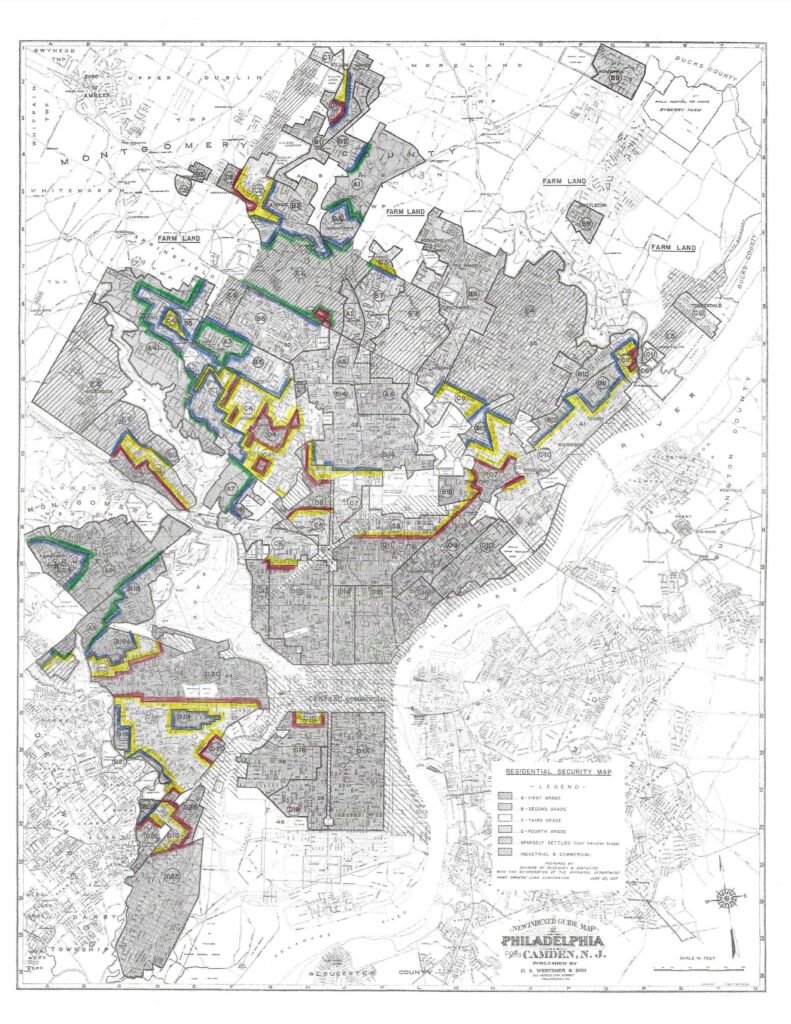



During the course of our project, I plan on continuing to do close, slow readings of area descriptions and explore alt. presentations of the maps and descriptions. I will also develop an outline for a research design responding to some of the relationships arising out of the process. More to come, but wanted to share some visual experimentation from the past week.


